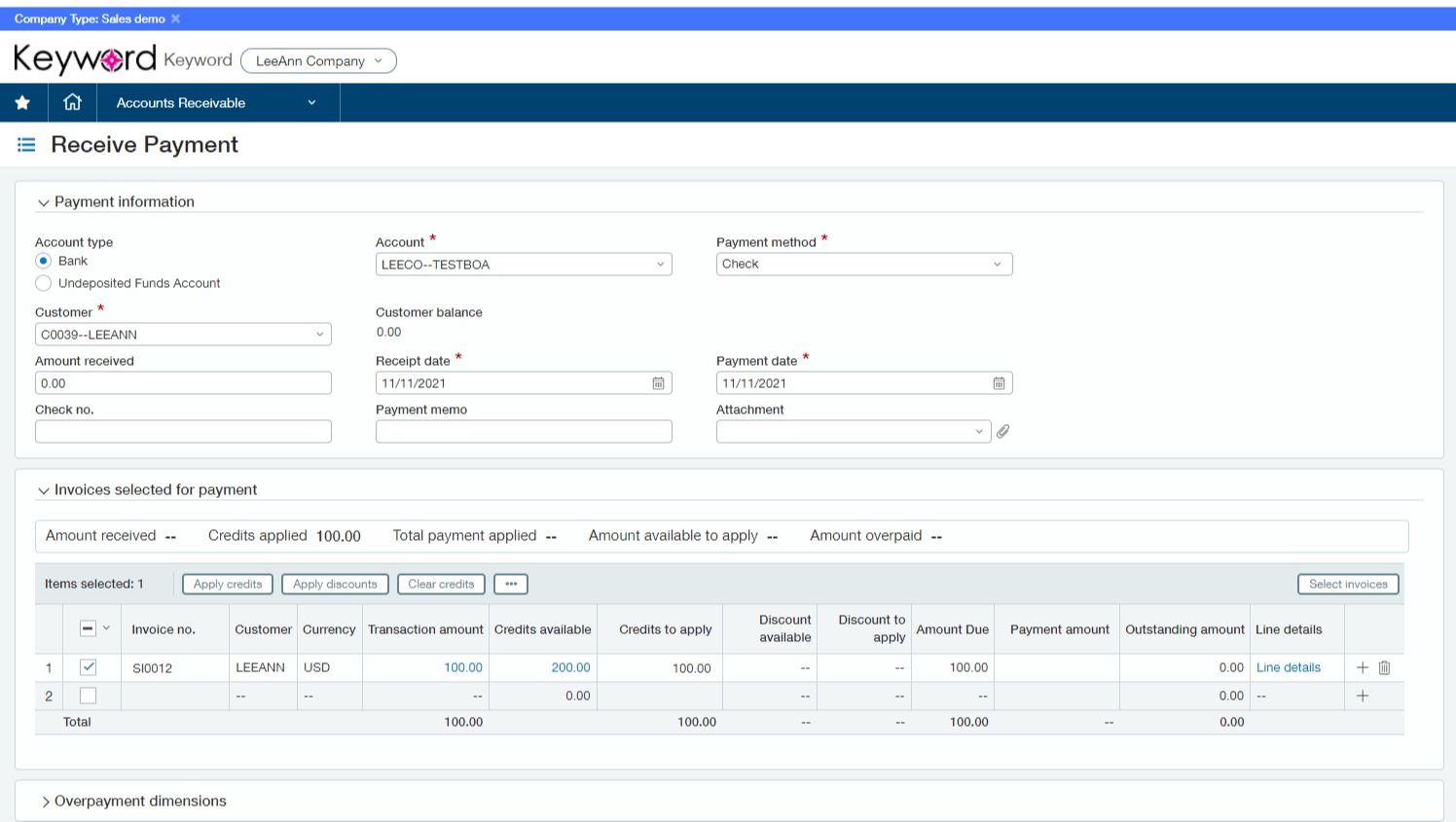Home>Finance>Indentured Servitude: Definition, History, And Controversy


Finance
Indentured Servitude: Definition, History, And Controversy
Published: December 8, 2023
Discover the origins, significance, and debates surrounding indentured servitude in the history of finance. Dive into the definition, history, and controversies related to this system.
(Many of the links in this article redirect to a specific reviewed product. Your purchase of these products through affiliate links helps to generate commission for LiveWell, at no extra cost. Learn more)
Indentured Servitude: Definition, History, and Controversy
Welcome to the finance category of our blog! Today, we are delving into a fascinating topic that has shaped civilizations and sparked intense debates throughout history: indentured servitude. In this article, we will explore the definition, delve into its historical context, and touch upon the controversy surrounding this practice. So, let’s get started on this journey through time and examine the intricacies of indentured servitude.
Key Takeaways:
- Indentured servitude refers to a labor system in which an individual signs a contract, known as an indenture, to work for a specific period of time in exchange for passage, housing, and sometimes wages or land.
- This system was prevalent during the colonial era and played a significant role in the development of the New World, where indentured laborers formed a crucial part of the workforce.
A Dive into History
The history of indentured servitude dates back centuries to the time of ancient civilizations, but it gained prominence during the colonial era and the subsequent settlement of the New World. Indentured servitude was seen as a solution to the labor shortages faced by colonial powers, such as the British Empire.
Indentured servants were predominantly individuals from lower socioeconomic backgrounds, seeking passage to the New World in hopes of a better life. They willingly entered into contracts, agreeing to work for a specified time period, typically ranging from four to seven years, under the control of a master.
During their time as servants, individuals were provided with necessities such as food, clothing, and housing. In some cases, servants received wages or were promised land grants upon completing their contracts. However, the reality of indentured servitude was not always rosy, as the treatment of servants varied greatly depending on their masters.
The Controversy Surrounding Indentured Servitude
The practice of indentured servitude has faced substantial criticism and controversy throughout history. Here are a few key aspects that have drawn scrutiny:
- Treatment of Servants: While some masters treated their indentured servants fairly, others subjected them to harsh and inhumane conditions, leading to exploitation and abuse. This disparity in treatment fueled debates over the ethics and morality of the system.
- Limited Freedom and Rights: Indentured servants had limited control over their lives during the contract period. They were bound to their masters and had little legal recourse if they faced mistreatment or breaches of contract. This lack of freedom raised questions about the rights of individuals and their position within society.
- Transition to Slavery: Indentured servitude served as a transition between the earlier system of bonded labor and the rise of slavery. Over time, as slavery became more entrenched, the opportunities for indentured servitude diminished, leading many to view it as a precursor to the more oppressive institution of slavery.
As societies evolved and shifted towards more equitable labor systems, the prevalence of indentured servitude declined. However, its impact on history and the lasting legacy it left behind cannot be ignored.
In Conclusion
Indentured servitude, a labor system rooted in history, played a vital role in shaping nations and economies. While it provided opportunities for individuals to seek a better life, it also raised questions about human rights and the treatment of those in servitude. As we reflect on the past, let us learn from the lessons of history and continue striving for fair and just labor practices in the present and future.













